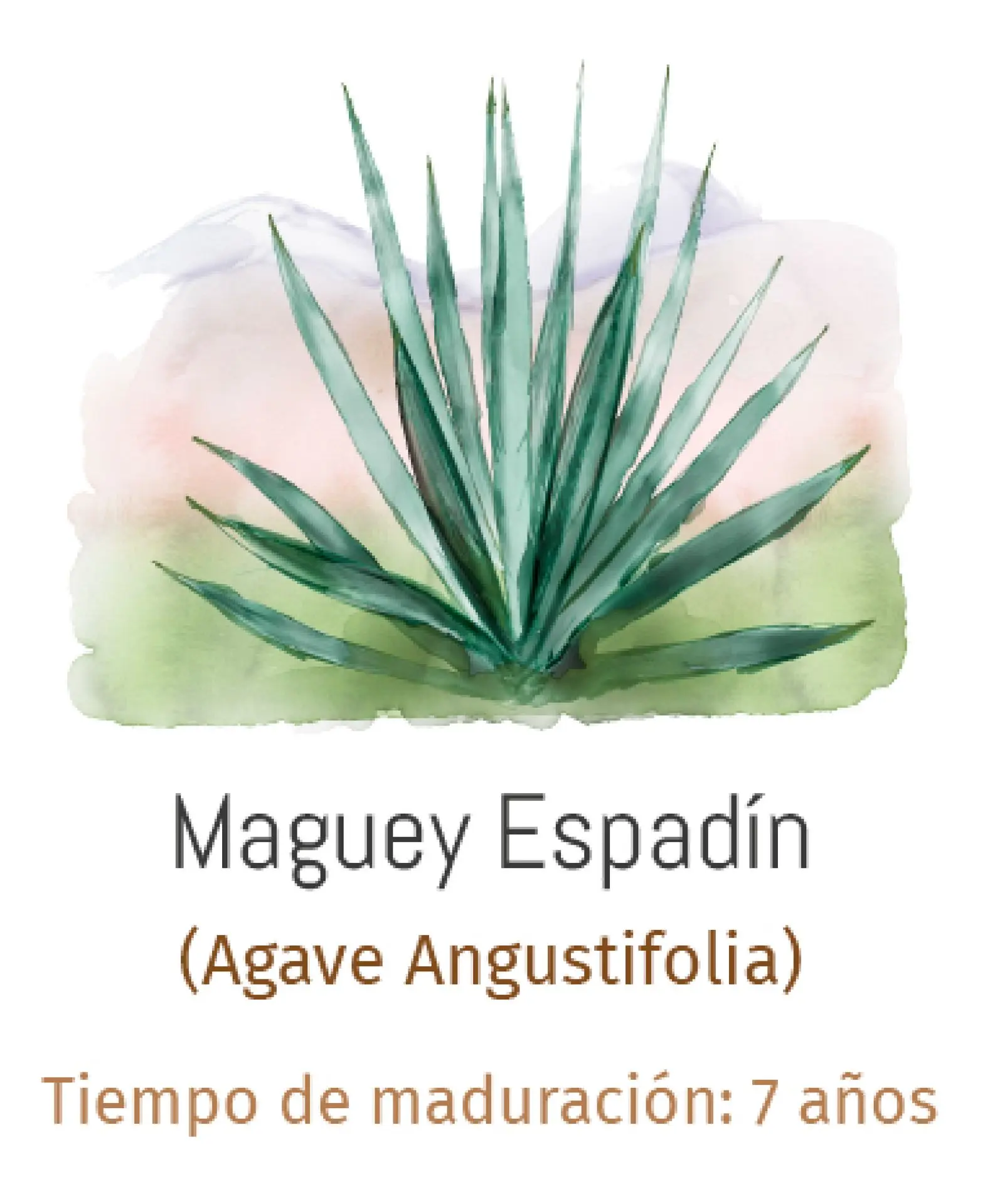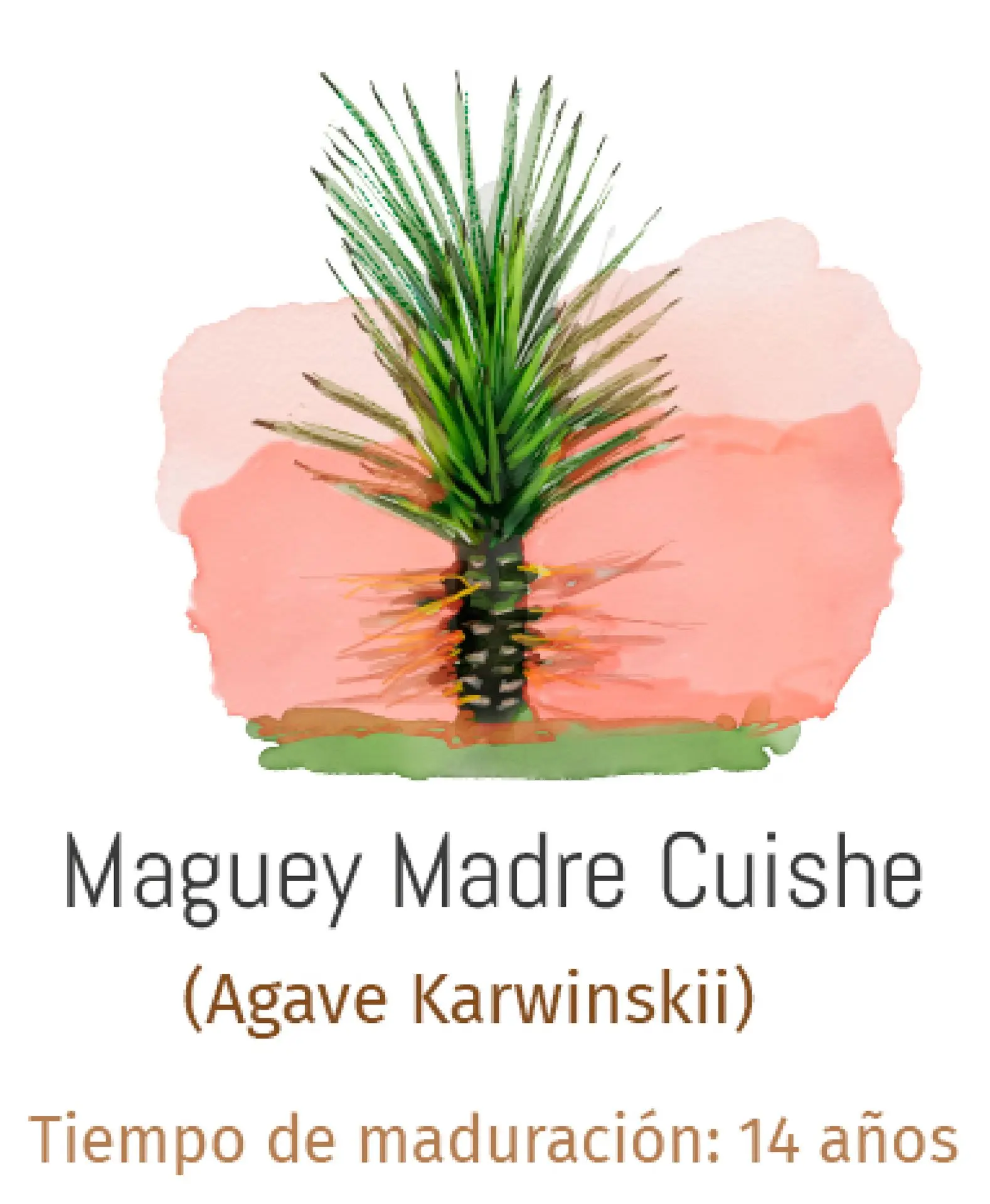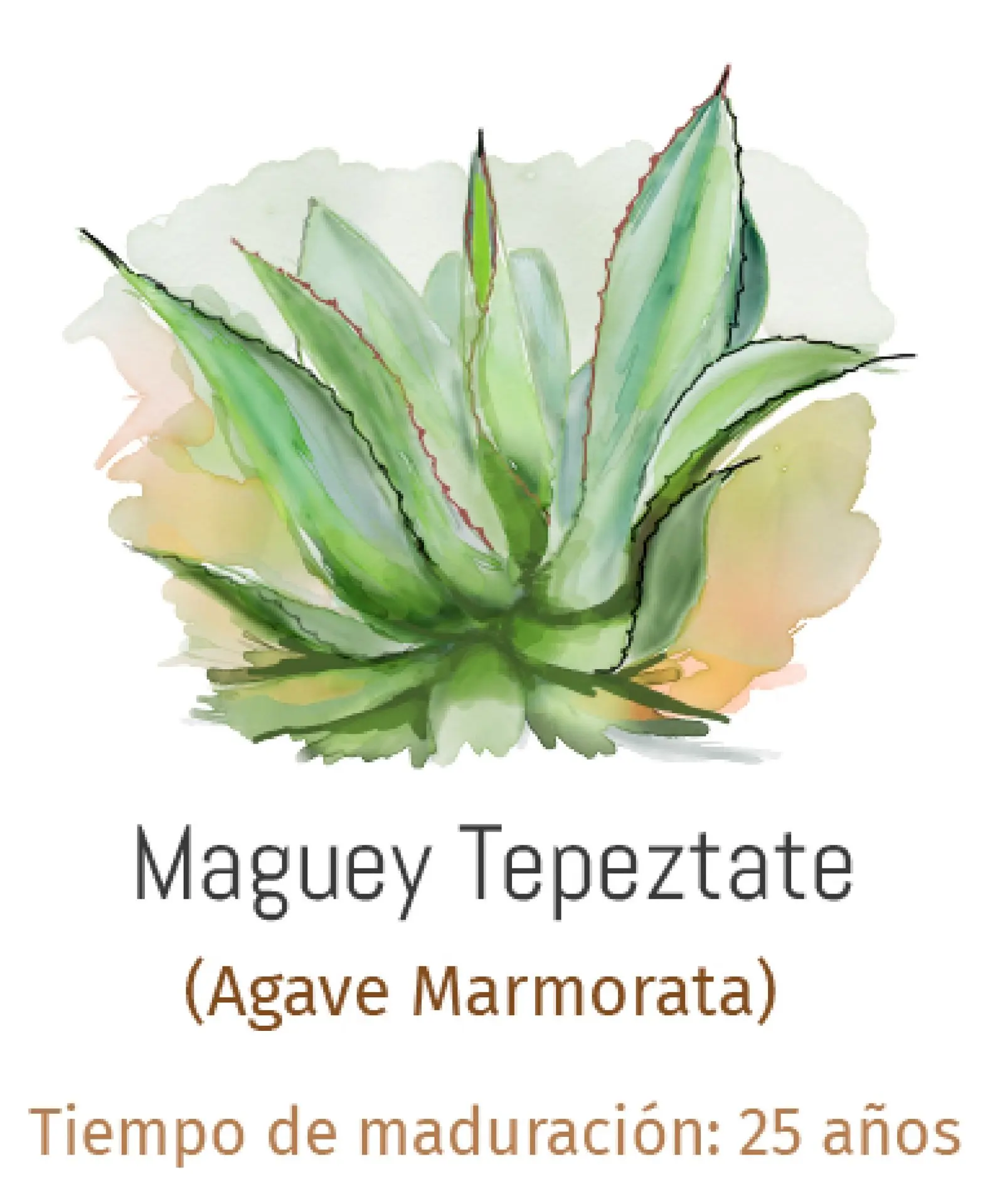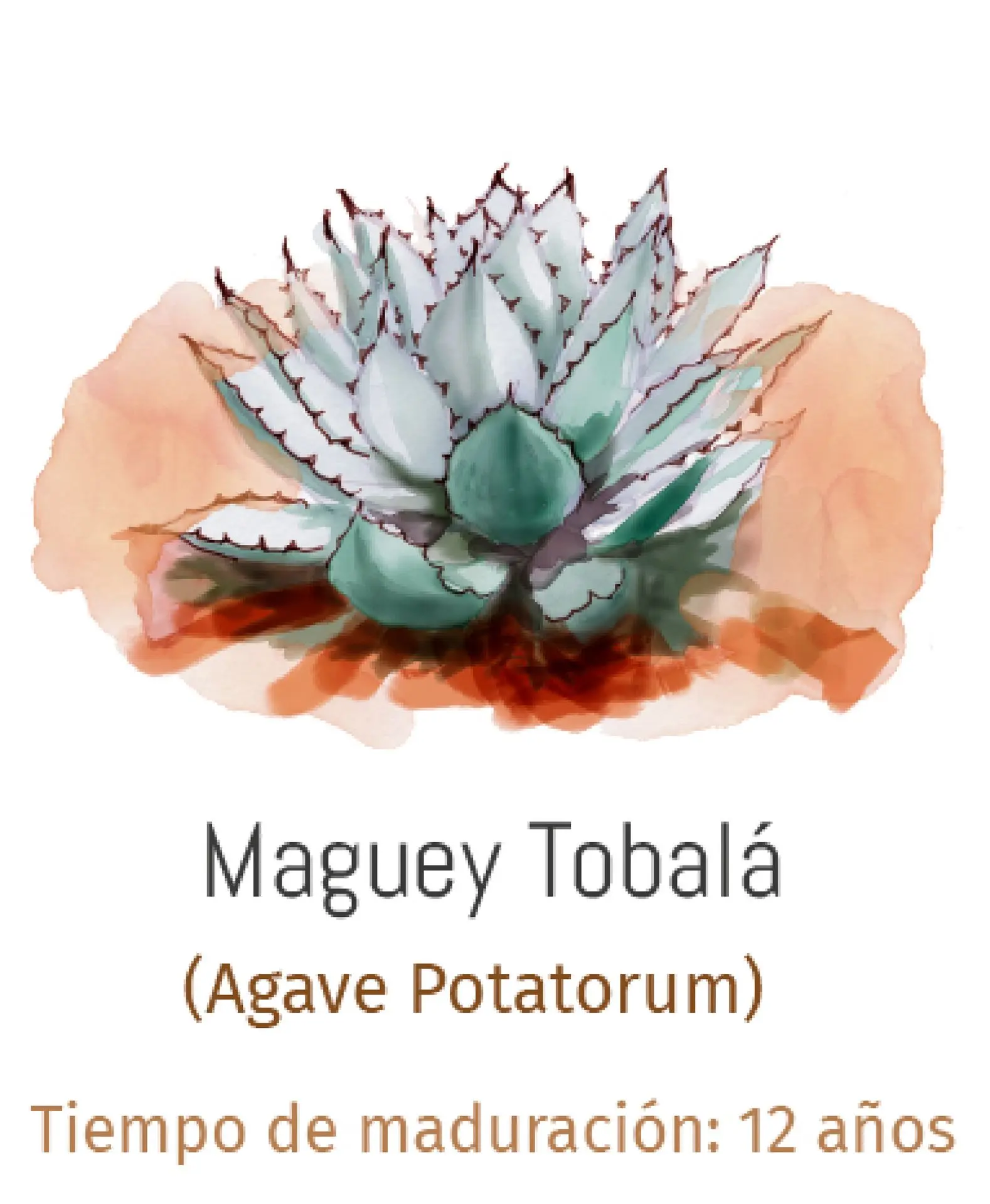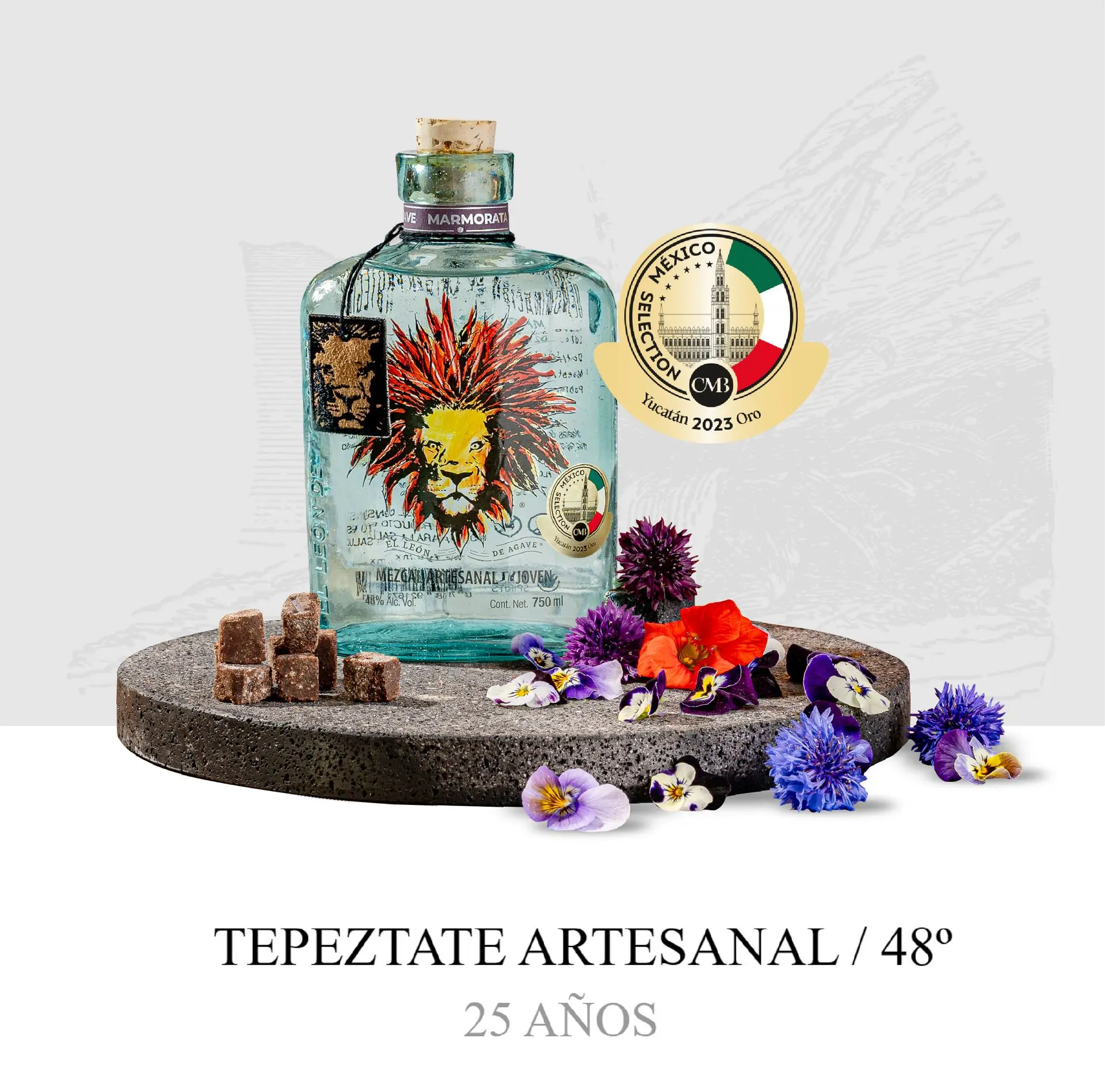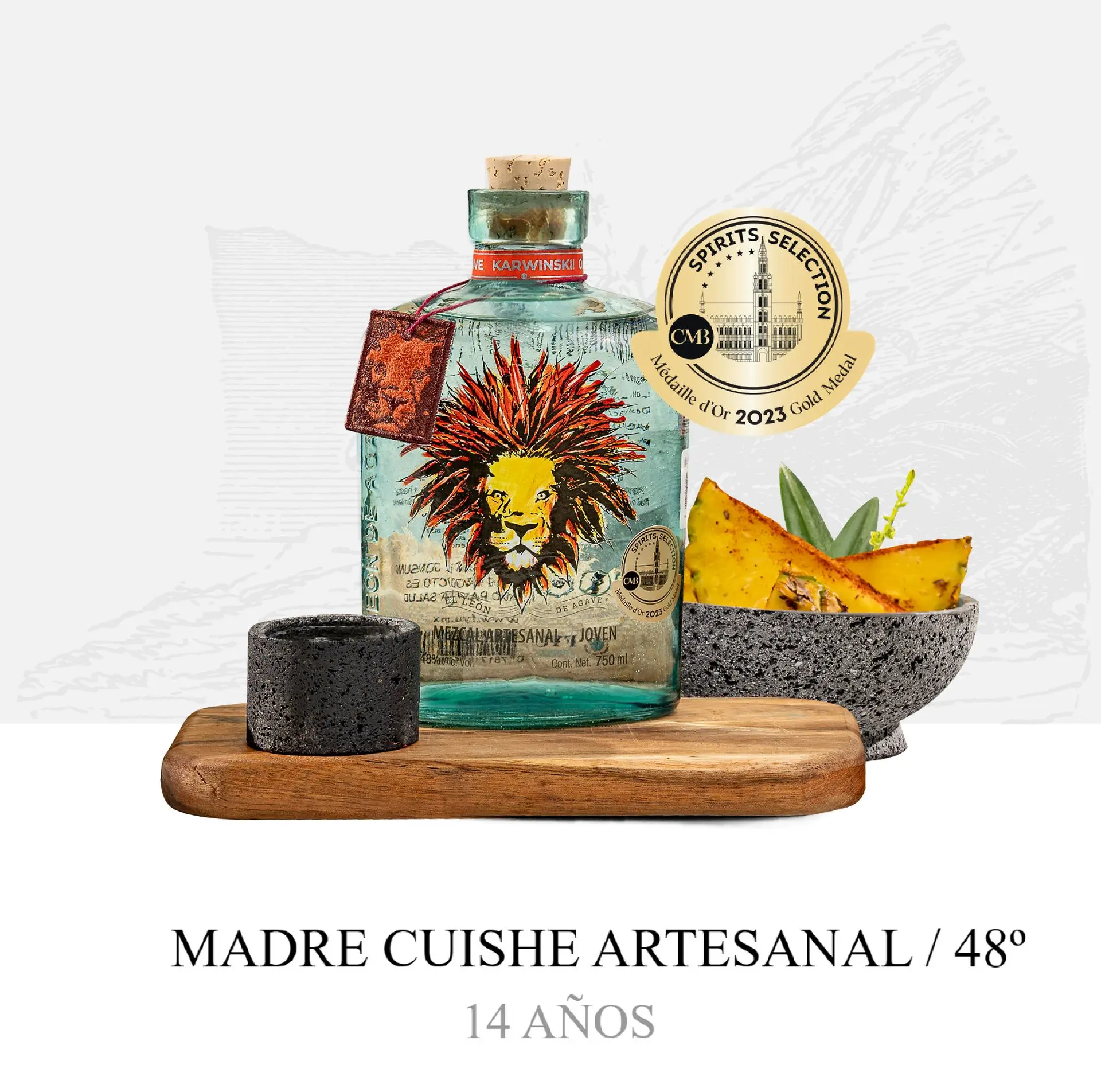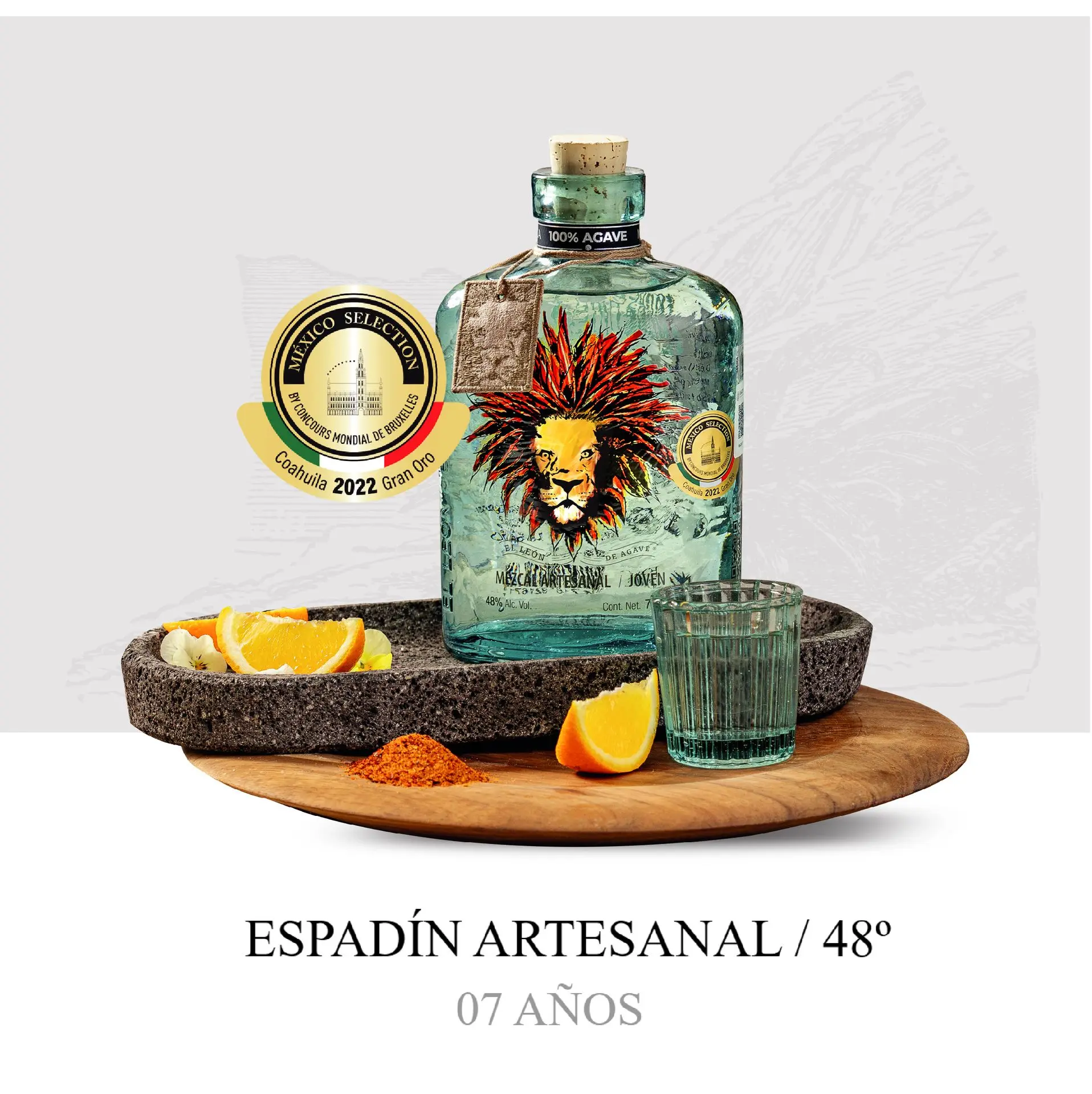
2024 EL LEÓN DE AGAVE®
La marca y logo de todos los espirituosos aquí presentes
son marcas registradas propiedad de FYU Spirits®
Aviso de privacidad / Términos y condiciones

MEZCAL PREMIUM • DEJA SALIR AL LEÓN ®
LEARN MORE ABOUT OUR MEZCAL
Mezcals made in the same way they have been made since forever. Secret recipes passed down from generation to generation, honoring the master, to distill this ancestral beverage.
Explore the following videos, each under 1 minute, and learn about the most important characteristics of our mezcal.
LEARN MORE ABOUT OUR MEZCAL
Mezcals made in the same way they have been made since forever.
Secret recipes passed down from generation to generation, honoring the
Maste to distill this ancestral drink.
Explore the following videos, each less than 10 minute in duration, as a Master Class, and
discover the most important characteristics of the flavor,
aroma, and artisanal production of our mezcal.
Advantages and disadvantages of the so-
called 'bulb for spirits' glass
Our Espadín Mezcal behaves differently on
the second sip
Mixing mezcal with water? Find out why
this experiment is done and how our our
Espadín fared.

A Judge from the Concours Mondial de Bruxelles talks a bit about El León de Agave®
These are the nose notes of our
El Léon de Agave EspadínMezcal
PRODUCTION
The process of artisanal mezcal production is a
traditional art passed down through generations in the
producing regions of Mexico.
It is hand-harvested from agave plants aged
between 7 and 25 years. There are over 30 types of
agaves used in mezcal production, with the most popular
being Espadín, Tóbala, Madre Cuishe, and Tepeztate.
Espadín and Tóbala are agaves that have already been
domesticated, meaning they can be cultivated.
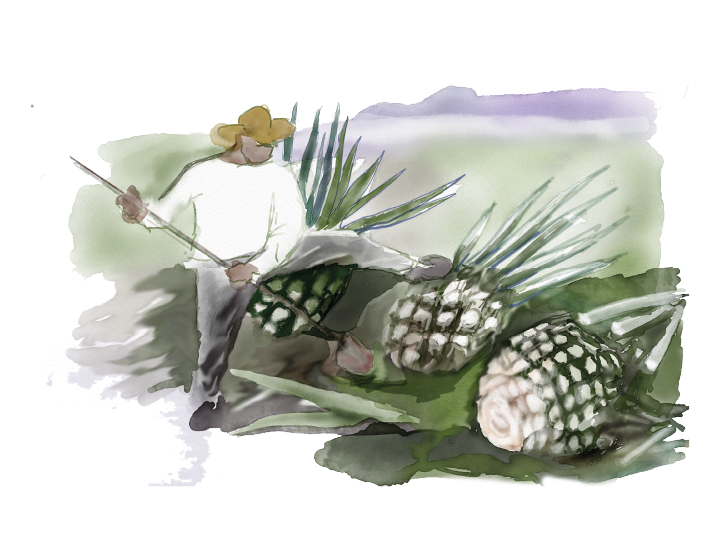
COPPER DISTILLATION
The use of copper stills in mezcal distillation helps
improve the quality, purity, and flavor of the final product,
while also aiding in the removal of unwanted compounds and enhancing the efficiency of the distillation process.
Copper stills were introduced by Spanish colonizers, who
brought with them distillation techniques and copper
equipment used in the production of other spirits such as
wine and brandy.
Since then, the process of distillation in copper stills has
been an integral part of artisanal mezcal production in
Mexico.
There are many advantages to this material in terms of thermal conductivity, chemical reaction, and purification for the distillate.

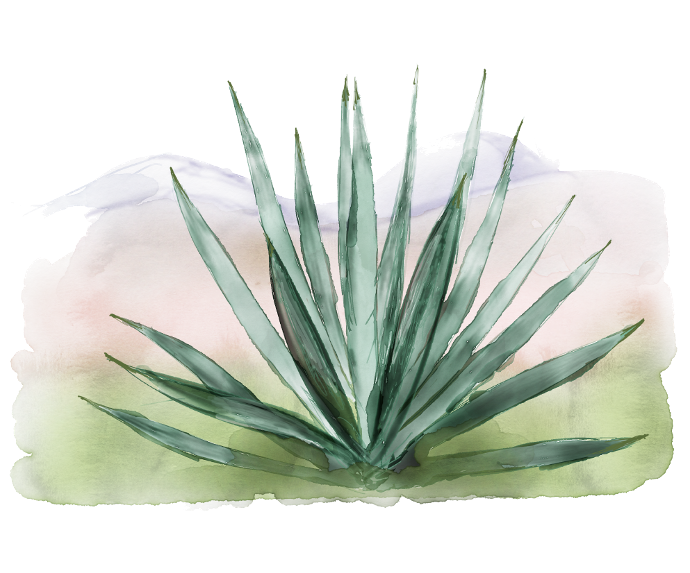
Maguey Espadín
Agave Angustifolia.
Time to
harvest: 7 years
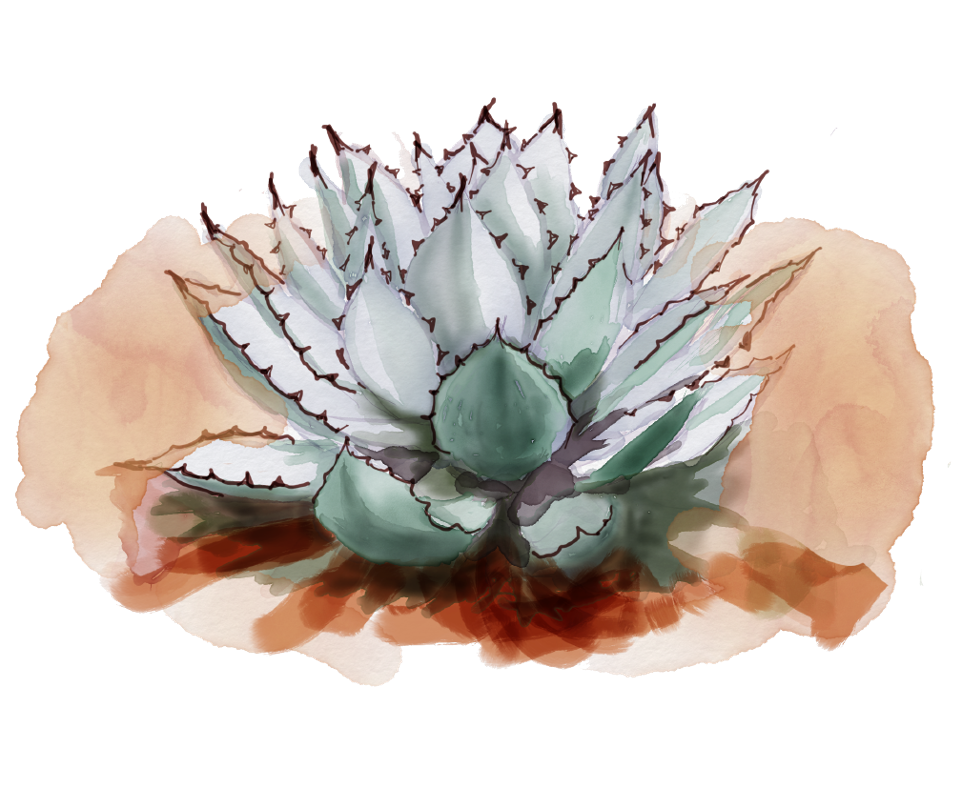
Maguey Tobalá
Agave Potatorum
Time to
harvest: 12 years
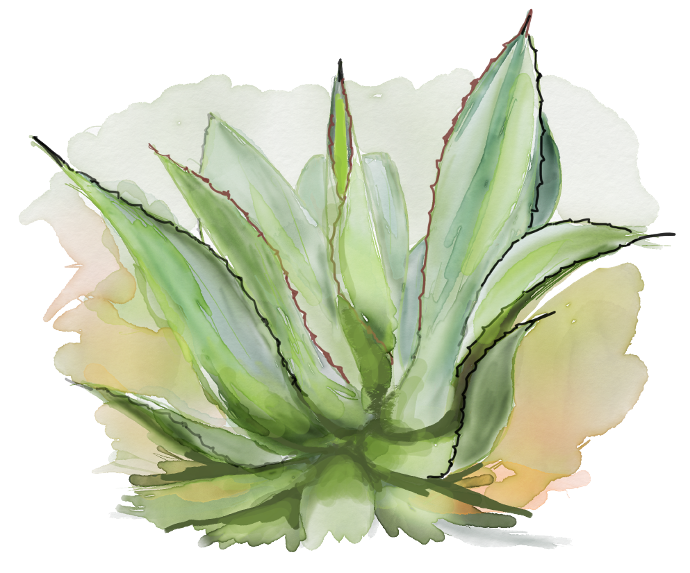
Maguey Tepeztate
Agave Marmorata
Time to
harvest: 25 years
Silvestre
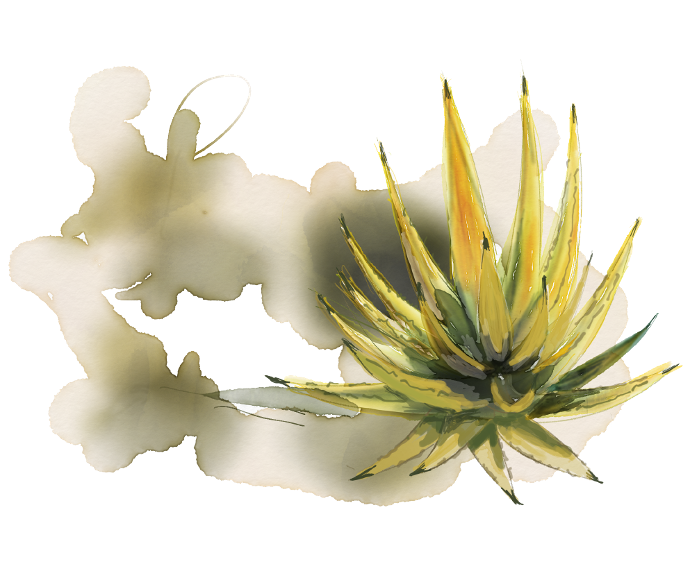
Maguey Jabalí
Agave Convallis
Time to
harvest: 20 years
Silvestre
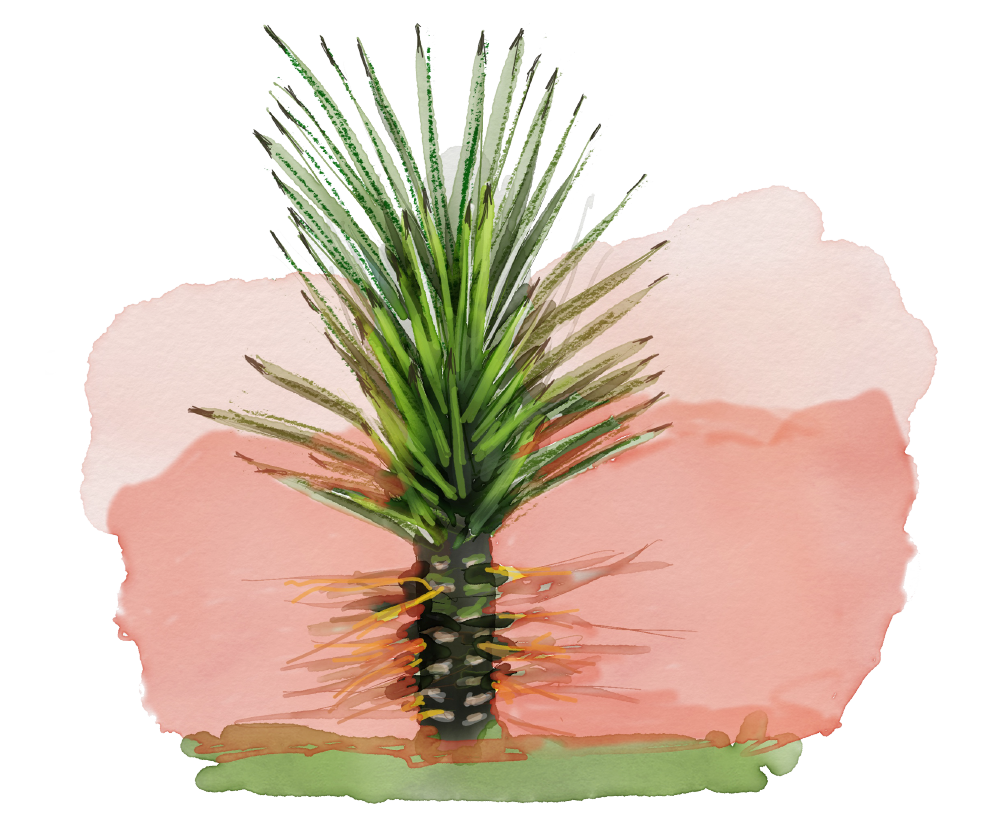
Maguey Madre Cuishe
Agave Karwinskii
Time to
harvest: 14 years
Silvestre

CONTACT
Do you have something to tell us?
Send us a message and we will gladly get in touch!
PRODUCTION
The production of artisanal mezcal is a traditional art that has been passed down through generations in the producing regions of Mexico.
It is harvested from agaves that have matured for 7 to over 25 years.
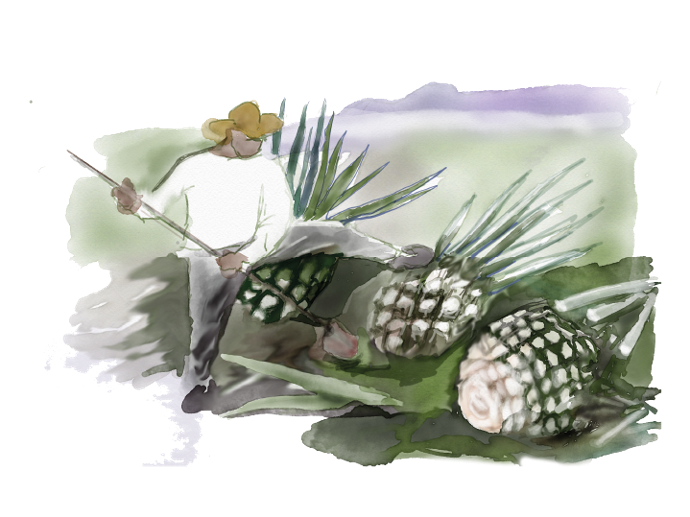
The harvesting of the maguey piñas (hearts) is done by hand with a sharp tool called a "coa."
COPPER DISTILLATION
Copper stills were introduced by Spanish colonizers, who brought with them techniques and copper equipment used in the production of other spirits such as wine and brandy.
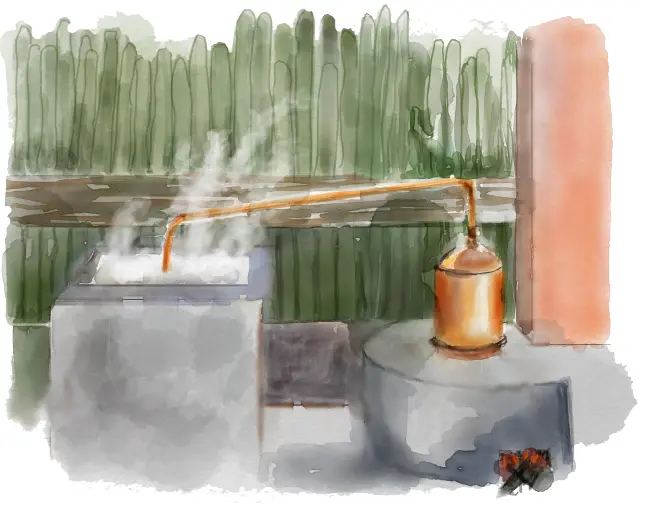
Distillation in copper stills has been an integral part of artisanal mezcal production in Mexico.
AGAVES FOR
MEZCAL
There are more than 30 types of agaves used to make mezcal, with the most popular being Espadín, Tobalá, Madre Cuishe, and Tepeztate.
DISCOVER OUR MEZCALS

¡HELLO!

2024 EL LEÓN DE AGAVE®
The brand and logo of all spirits presented here are
registered trademarks owned by FYU Spirits®
Aviso de privacidad / Términos y condiciones












